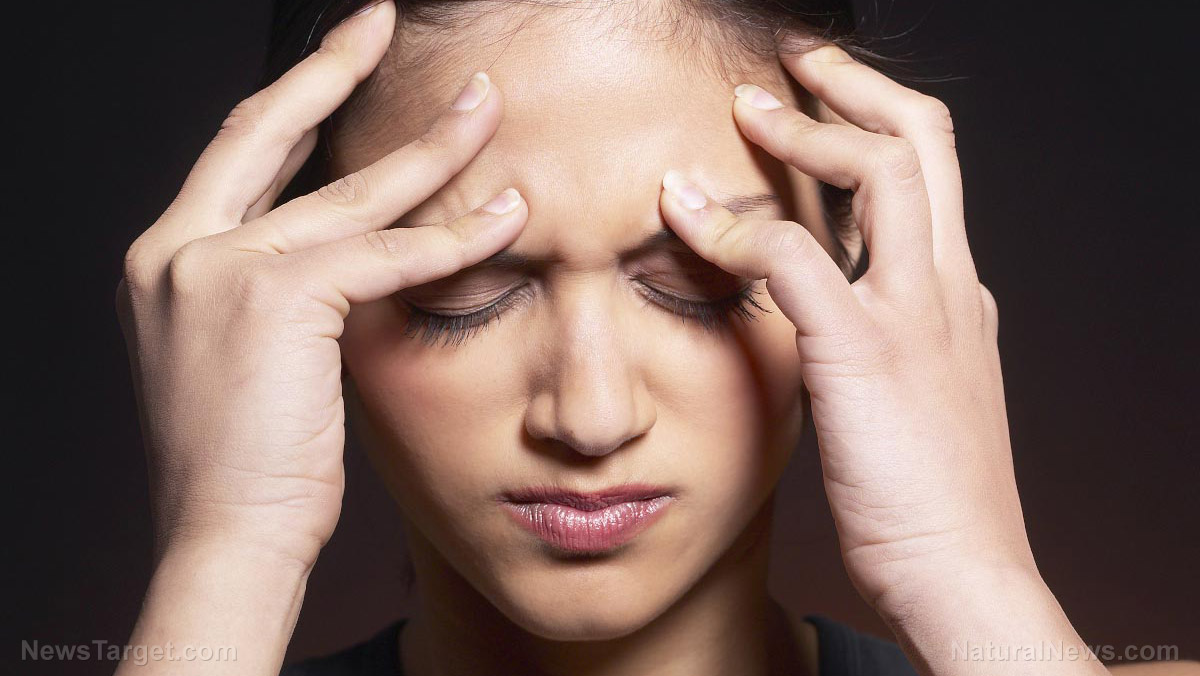
The Five Elements theory, based on the five elements of nature – fire, earth, metal, water, and wood – is one of the major systems of thoughts within traditional Chinese medicine and is linked to acupuncture. It has been used for more than 2,000 years as a method of diagnosis and treatment.
The theory helps explain the cause of particular diseases and is able to associate signs or symptoms to particular organs and/or afflictions. In traditional Chinese medicine, it represents the body’s controlling and creative energies. It is ideal that all of the five elements are in balance for good health.
Each element has its corresponding pathology and clinical applications. Within the theory, there are pivotal relationships in which elements interact with one another.
Here are the five elements and their clinical applications:
- Fire is Heart – The fire element was based on the physiological characteristic of the heart that governs the blood vessels. Its purpose is to nourish the body and propel warmth. This element covers the small intestine, tongue, and blood vessels.
- Earth is Spleen – The attributes of the spleen is about the movement which helps in the formation of blood and qi. It covers the stomach, mouth, and muscles.
- Water is Kidney – The kidney was attributed to water as its physiologic function is to keep in reserve the essence of fluids. This element covers kidneys, bones, ears, and urinary bladder.
- Liver is Wood – Ascribed with the characteristics of wood – resemblance to the sprouting of leaves in trees – liver corresponds to this element. It is known to have a clinical application on eye, tendon, and gallbladder.
- Lung is Metal – Since lungs thrive by purity, it is likened to the clean fresh air and purifying first frosts of autumn. The metal element covers nose, skin, hair, and large intestine.
The interrelationship of all five elements works hand in hand in promoting wellness and good health. Each of them has its own set of characteristics needed to promote the health of mind, body, and soul.
This ancient five-phase system can help in restoring the overall balance of your energy and can ultimately help as a preventive measure in keeping the body's condition optimal.
How acupuncture works
Acupuncture plays an integral role in alleviating the following conditions: neck pain, headache, osteoarthritis, knee pain, low-back pain and other conditions. The practice has also been linked to the treatment of nausea and vomiting in people who have had surgery or are undergoing chemotherapy. (Related: Acupuncture proven effective at treating post-operative nausea; but modern medicine marginalizes true potential of acupuncture.)
It is generally used in combination with other treatments to maintain the body’s balance. It is proven safe, as long as a proper and well-trained acupuncturist does it.
Learn more about this traditional Chinese medicine at ChineseMedicine.news.
Sources include:
Please contact us for more information.























